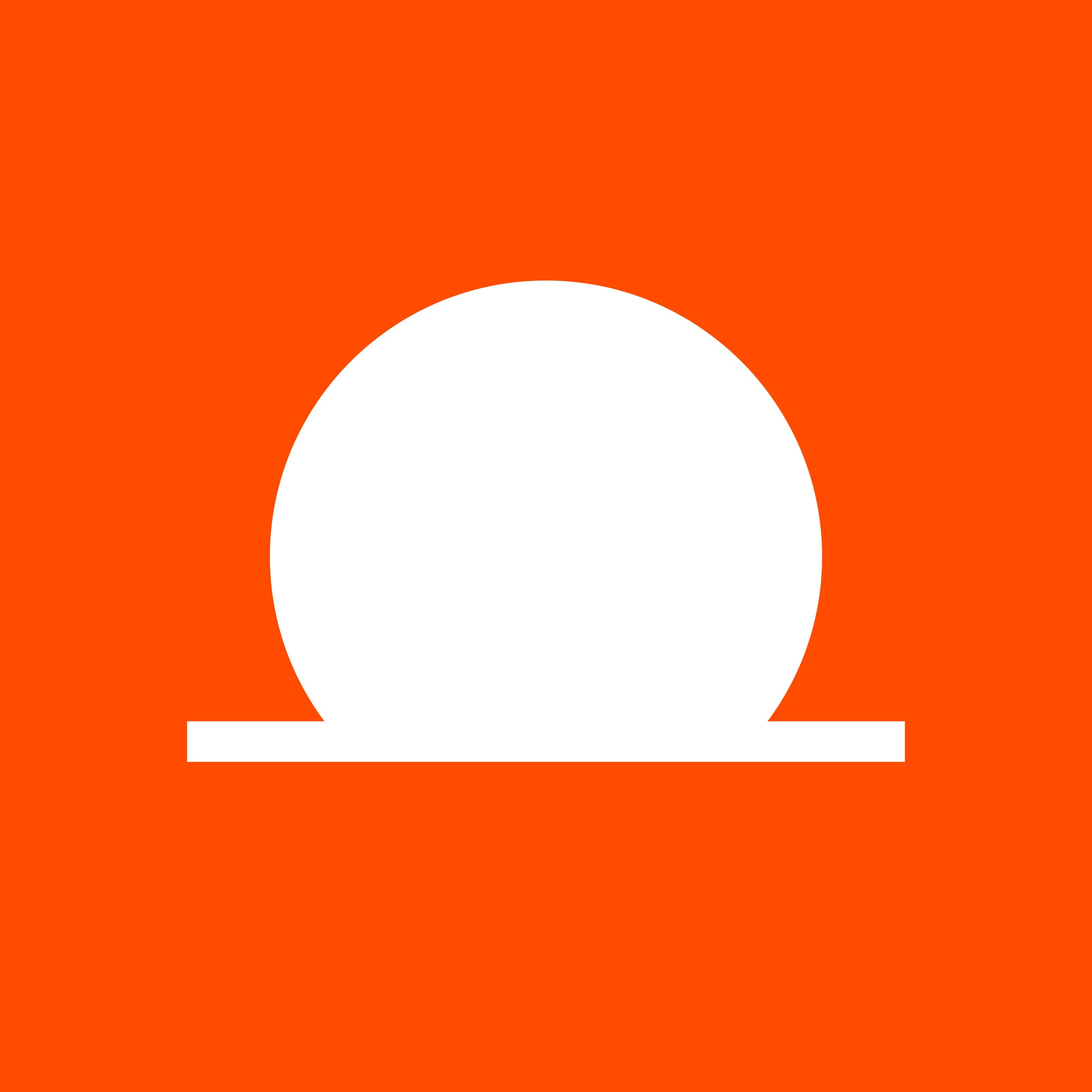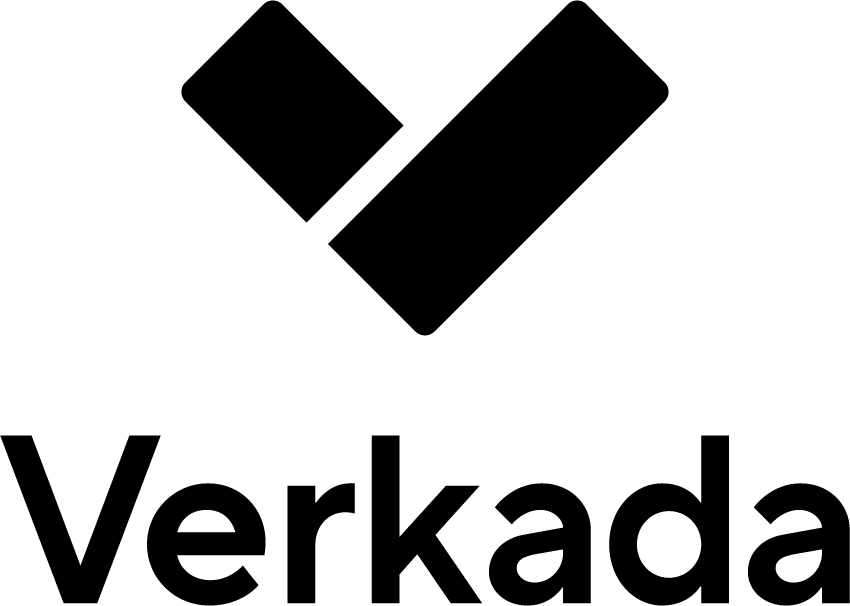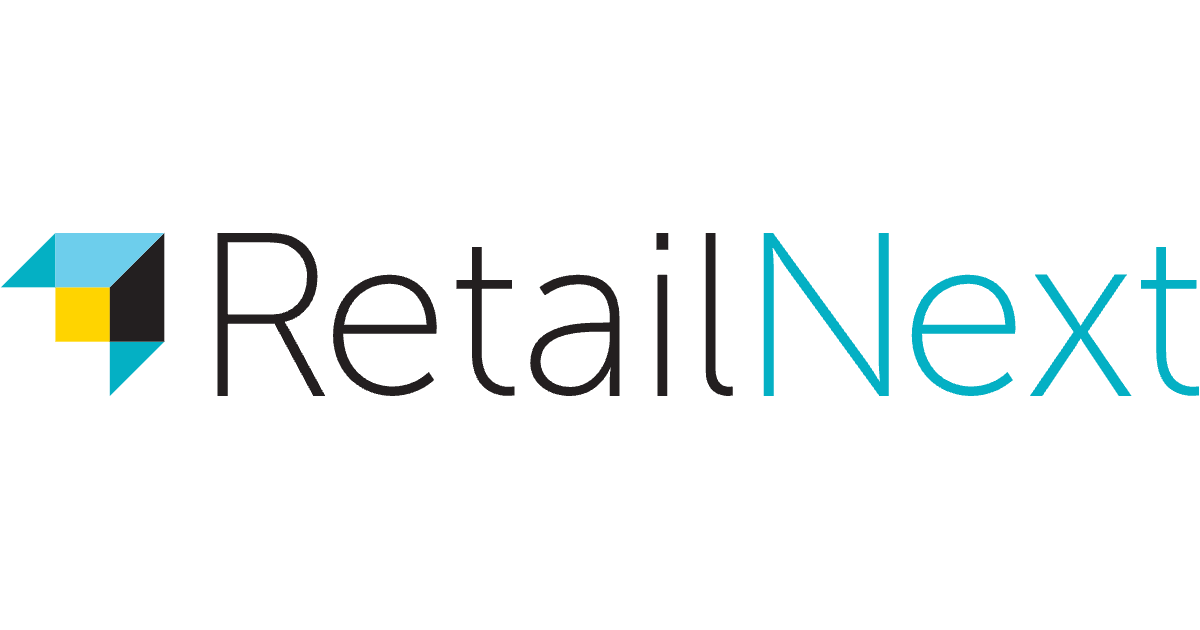Dive Brief:
- Pinterest has been narrowing its advertising focus to concentrate on retail advertisers and packaged goods, offering only third-party support to other categories the Wall Street Journal reports.
- Advertisers in other categories will be able to buy Pinterest ads through third-party firms or a self-service interface on the Web.
- Pinterest estimated its 2014 revenues at less than $25 million, but the company expects to make as much as $3 billion by 2018.
Dive Insight:
A letter to investors obtained by the Wall Street Journal indicates that Pinterest has been limiting its advertising support only to the product categories that its 100 million users “pin” most often—retail and packaged goods—since September. While the company continues to accept ads from marketers in other sectors, they must buy ads through third-party firms or an online platform.
Retail and consumer packaged-goods accounted for $7.7 billion in digital ad spend during the first six months of the year, the Interactive Advertising Bureau says, or about 28% of the total. While Pinterest users tend to “pin” items from these categories, other categories account for substantial portions of ad dollars, too—such as automobiles, which accounted for 13% of digital spend during the first half of the year.
With just $25 million in revenues last year, the online bulletin board’s $11 billion valuation is increasingly difficult to justify. Since introducing a “Buy” button this summer, Pinterest reports that its third-quarter results quintupled from the year prior. But Pinterest’s long-storied potential has yet to scale up to meet its user base.













